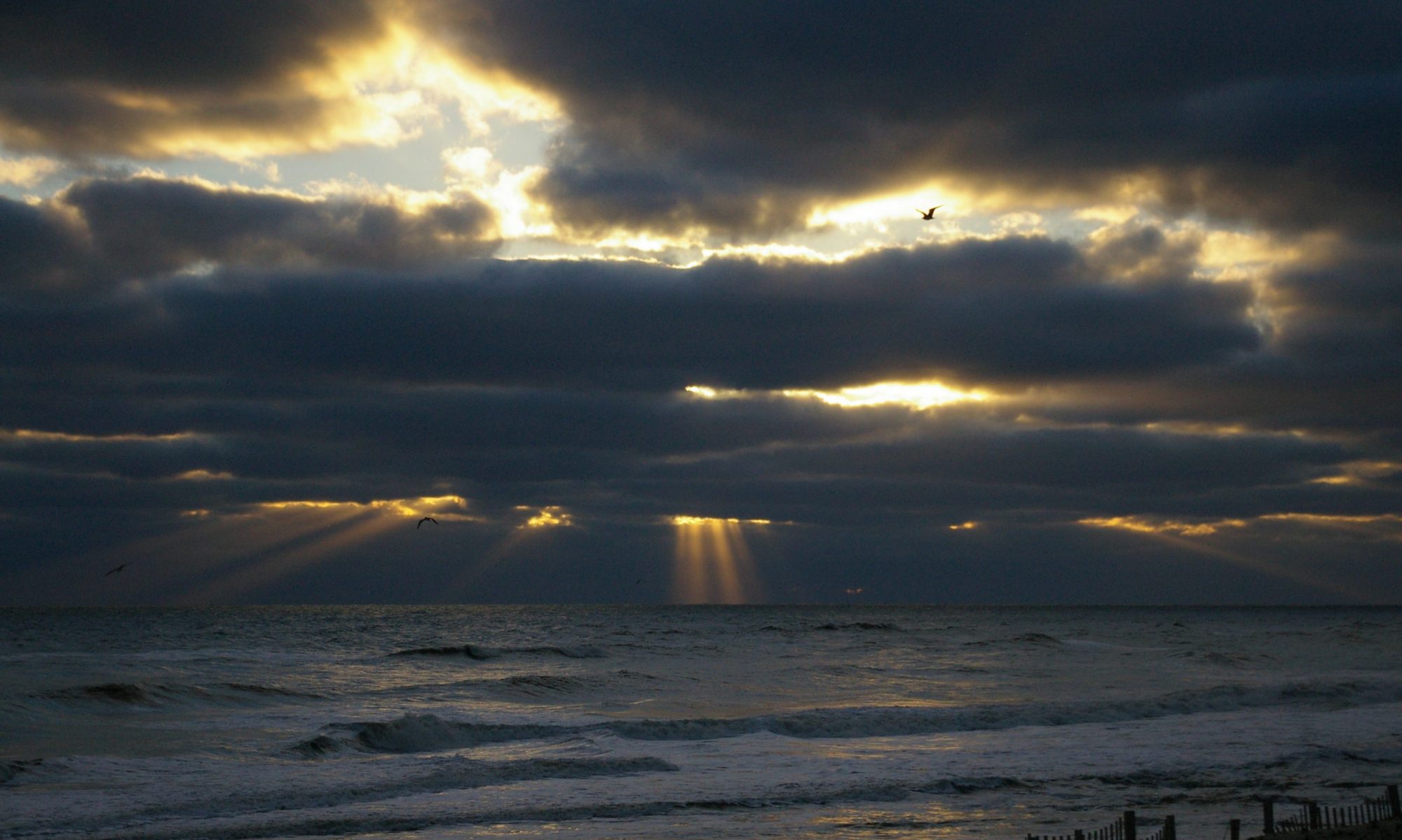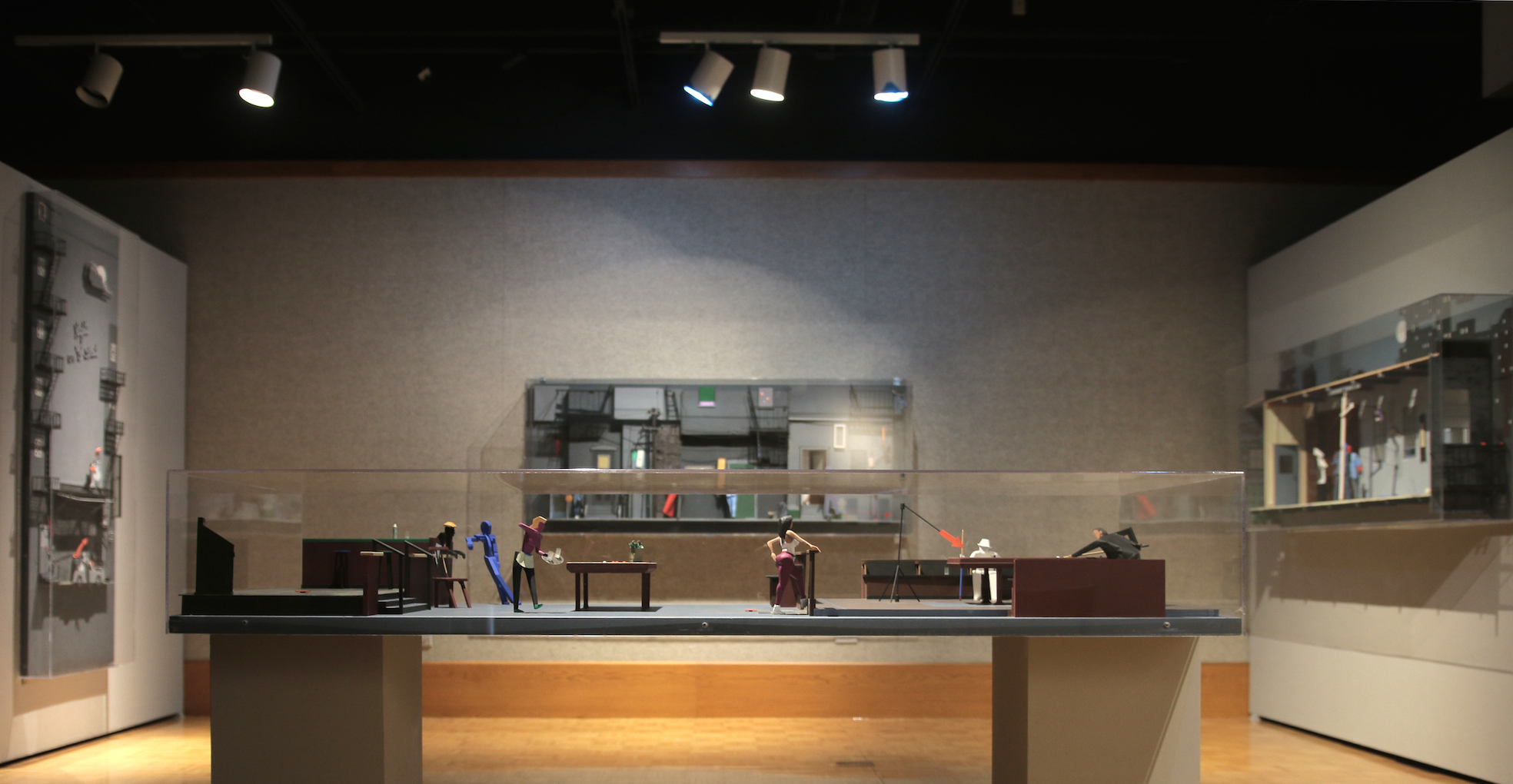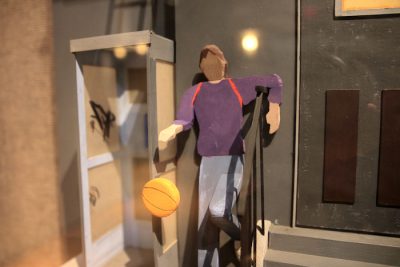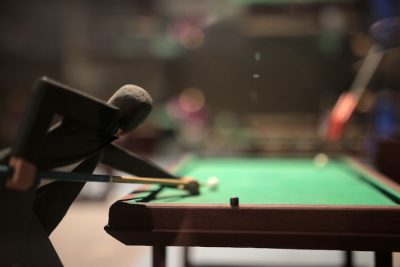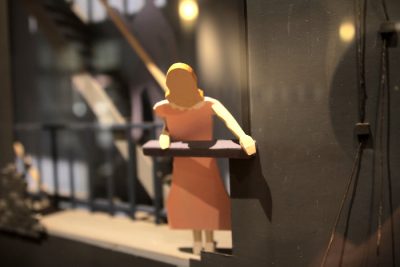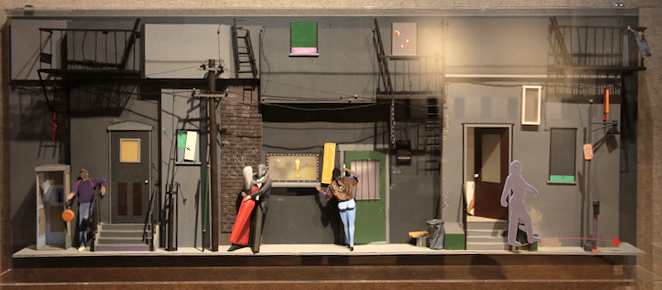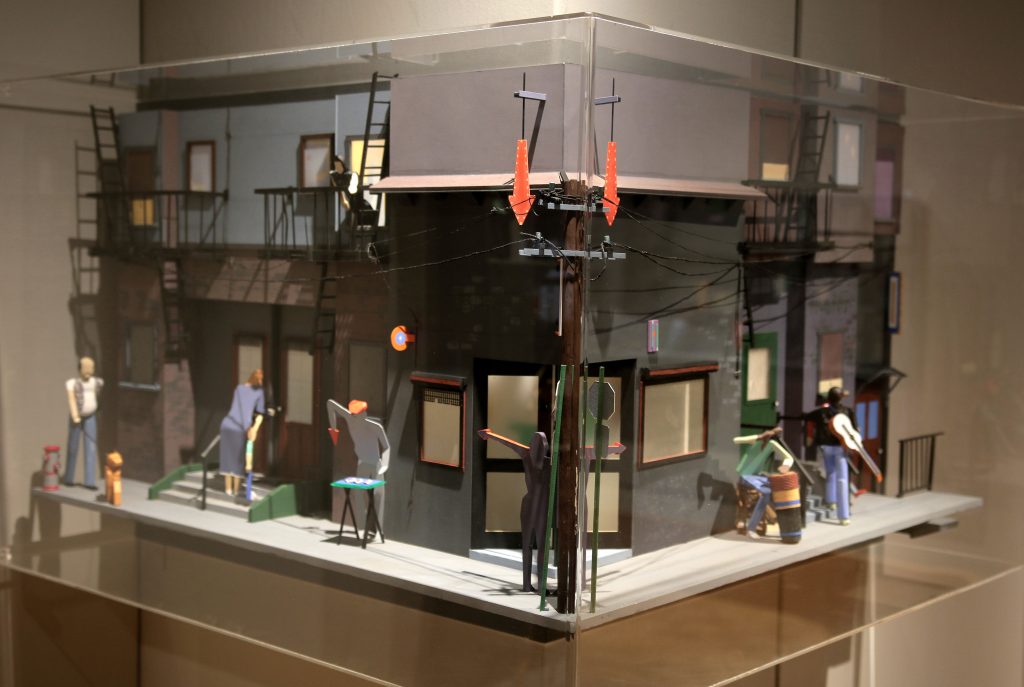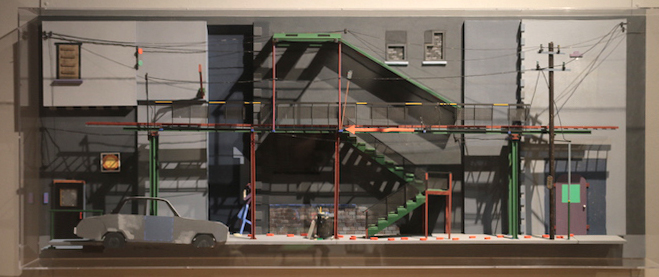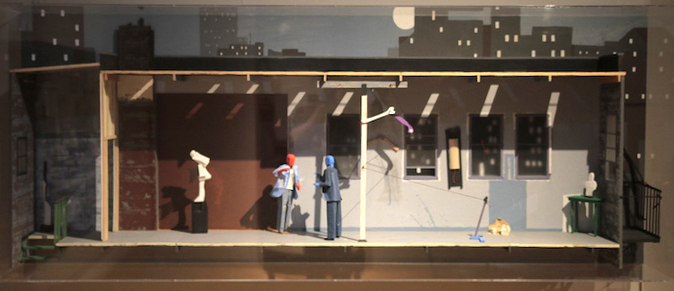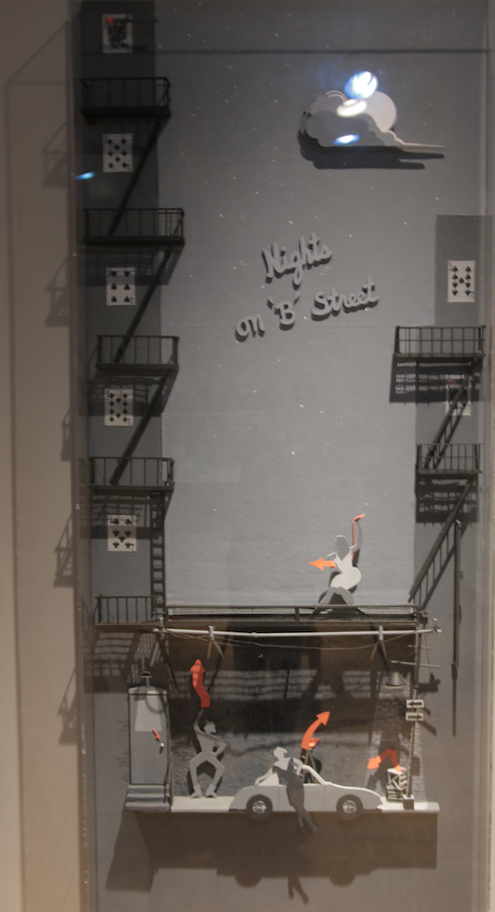Nights on B Street
A Collaboration: Art by Adam LeBlanc, Poems by Joseph Stanton
-
The Grin in the Air
Those nights on B Street
we all knew
to wear our own shoes,
to play our own hands.
Life or death
might be in the cards,
and the cards might be
up against some wall:
diamonds for what deludes,
hearts for all we’ve lost,
clubs for what might strike us,
spades for the final cost.
Sometimes we’d trust to luck,
sometimes we’d tempt fate,
but mostly it was just
one more night,
the air alive with sounds
or silences.
It was just a street to walk down,
just a place to hang out,
just a place to try to live,
hoping all would be all right
in the end
or in whatever might begin,
the moon a shining cat
against the fates in our stars,
that cat’s grin disappearing behind clouds
or coming out again.
-
Bounce
He bounces the ball
because it comes back.
When the playground clears,
he will shoot alone in the dark park,
out of doors but inside his mind,
where he battles
with only the distant streetlight
on his side,
at war with himself
over what he might be
or might not be,
throwing again and again
at an almost invisible goal
in a land of shadows.
The war goes on and on
and will not be lost
and will not be won.
-
Blue Note
He plays for her, over and over,
“Never Let Me Go.”
He feels the five notes
his pale sax sings,
never let me go,
a note for each sad syllable.
She is, he knows,
the tune, he plays,
blue on blue
notes that weep their song
because she is oh so very gone.
Only in his mind
does she sit on the stoop before
the closed red door.
The lateness of the night, too,
is a note he plays,
but absence is the why his sax sings,
his world, still yet, so full of her shadow.
Never let me go, he pleads,
his breath floating the tune to the sky,
his sax whispering
to the moon’s not-so-neon glow,
never
let me go.
-
The Silhouettes
Some figures
on these streets
are only silhouettes,
figments of thoughts,
dreams lost
or not quite found,
that might have been
or once were,
ghosts of better
or ghosts of worse.
-
The Last Shot
The shooter in black jacket
aims towards the pocket.
He shoots to win and can’t afford to lose.
Everything, he thinks, rides on this.
The man sitting on the side,
the man in white, Mr. Bones,
is the devil in these details,
a conniver who can afford to lose,
but schemes to win.
A busty woman, a delectable shill,
steps towards the shooter.
She’s in the employ of Mr. Bones.
and tilts her distracting décolleté
towards the man in the black jacket.
Her job is to make him miss.
A waitress, also in league,
pretends to trip.
Her tray is about to crash to the floor.
Will that distraction turn the tide?
Or will black jacket prevail despite it all?
Red arrows of attention hang in air,
but the punchline is withheld.
Across the room two figures watch
but do not seem to care—
a man in blue leans back,
supported by nothing,
and a man in black
who wears a golden cap
bends forward, better to see
what happens next.
-
The Waiting Woman
The woman at the window waits
for her man to find his way to her.
She frets because it’s getting late.
He said he would be home by eight,
but now it’s far beyond that hour.
The woman at the window waits
and thinks about his past mistakes
and listens for his car.
She frets because it’s getting late.
She knows the pool hall is the bait,
the lure of bets and beer
The woman at the window waits
A winning night could change their fate,
but loss, she fears, is who they are.
She frets because it’s getting late.
Because there is so much at stake,
he might go far too far.
The woman at the window waits
She frets because it’s getting late.
-
The Couple Outside the Bar
A woman in a red gown
and a man in a tuxedo embrace.
They do not care
that they are overdressed
for this neighborhood
and that their departure from the gala,
early and together,
would cause a fuss.
No one knows them on B Street
so they think this tryst anonymous,
a casual affair that will be
without consequence.
This, they think,
is just for fun,
but their story is the oldest one.
-
At the Corner
The huckster sets up
his three-card-monte scam.
He thinks the bald man walking his dog
a likely mark.
A little boy is all eyes,
but his mother pulls him up the steps.
Leaning down from the floor above,
the huckster’s girl whispers,
“The coast is clear, no cops in sight.”
The man with the dog
carefully fingers
the badge in his pocket.
Around the corner
the drummer, the guitarist,
and their sullen sister,
who might be induced to sing,
await what they hope
this night’s foot traffic might bring.
At the corner an argument
finds a woman pointing left;
a man pointing right.
Their quarrel is a divide,
a righted angle,
a perpendicular.
She points towards home;
he towards one more bar.
They’ve reached
the end of a street,
a corner
for turning.
-
The Smoker
This corner beneath the El gives him pause,
betwixt and between,
to stop for a smoke
in a zone of quiet, a moment of calm
within the riot of impossibilities
that is the city.
Even when the train roars overhead
this corner is a comfort.
All the rest hurry towards or hurry away
from the train.
Only this solitary smoker lingers
under the belly of the beast.
On this day
he has hotfooted here
his every step a burn of desire
for this private occasion
to consider an idea he is certain
will change his life.
Pocketed in this cool shadow
his mind is on fire
with all he will do,
all he will do.
-
Outside the Studio
The sculptor, in splattered denim,
knows his art, as a cutting, a hollowing, a finding
of presence defined
by a surround of absence.
He hates that the dealer,
elegant in gray silk suit, fends off his gripe.
There was no contract the dealer explains;
he measures his words and clips them neatly.
-
The Woman Dancing on the Roof
She is dancing
alone and for herself.
Her tight, white dress
swerves and curves and gleams
under the moon.
Her dancing plays
a tune against her life
and she twists the arrow of her song
down and around
whatever might come true
